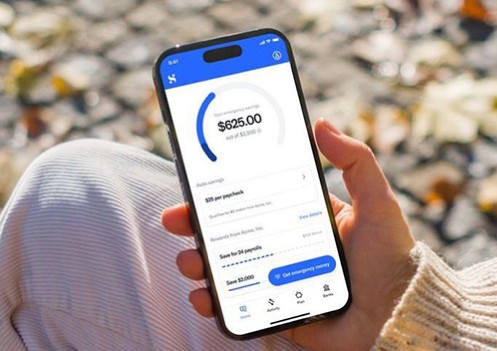More Retirement Rule Changes for 2023
401k, IRA, Retirement, Roth
February 09, 2023
My friend, you now have even more reasons to follow my advice and save for retirement using a Roth account. Late last year Congress passed new rules that make Roth 401(k)s even better, and creates a new Roth opportunity for those of you who are self-employed.
Roth 401(k) Enhancements
A quirk of 401(k) plans prior to 2023 is that even when the employee chose to make contributions to a Roth account, the employer made its matching contribution into a traditional account. Employers now can make the contribution into a Roth, which creates even more tax-free retirement dollars for you.
Another odd quirk was that anyone who reached their RMD age had to take withdrawals from their Roth 401(k), even though those withdrawals wouldn’t be charged any tax. There still was a “cost” to this, as once you withdrew the money, it was no longer able to continue to grow tax-free.
Beginning in 2024 Roth 401(k)s will not have RMDs. If you have a 401(k) that offers terrific low-cost investment options, you can just leave the money growing there if you want. In the past, the Roth 401(k) RMD rule was a big reason to consider doing a rollover to a Roth IRA. As I said, if you have low-cost investments in your 401(k) you no longer need to move the money to an IRA.
Higher Catch-Up Limits as Retirement Nears
Anyone who is at least 50 years old can make a “catch-up” contribution to a 401(k) in addition to the regular contribution limit. In 2023, the catch-up is $7,500. Beginning in 2025, if you are between the ages of 60 through 63 your catch-up can be $10,000, and this will be indexed to rise with inflation.
One important change to be aware of regarding catch-up contributions for anyone 50+: If you earned more than $145,000 in the prior calendar year with the same employers, your catch-up contribution for the current year must be made into the Roth 401(k), not the traditional 401(k). That means starting in 2025, catch-up contributions will be funded with dollars that are already taxed if you have an income of more than $145,000. But as I have long been suggesting, that’s more than okay. The payoff is that in retirement any withdrawals from a Roth will be 100% tax-free, while every dollar withdrawn from traditional accounts will be taxed as ordinary income.
SEP IRAs Add a Roth Option
Those of you who are self-employed have the option to save in a special type of IRA called a SEP IRA. A SEP IRA allows higher annual contributions than a regular IRA. But there’s always been a catch with a SEP IRA— there was only a traditional SEP IRA. You couldn’t contribute to a Roth SEP IRA.
Until now.
Beginning in 2023, anyone who offers a SEP IRA can offer a Roth version. (It may take discount brokerages a little time to get up to speed with this new law—which passed in the last week of December 2022—so be patient.)
I think a Roth SEP IRA can be a smart way to save more. In 2023, you can contribute 25% of your net earnings up to a maximum of $66,000. There is no income test with a SEP IRA. No matter how much you make, you can contribute to a SEP IRA if you are self-employed, which is different from how a regular Roth IRA works.
I also want you to know that if you meet the income requirements for a regular Roth IRA, you can contribute to a Roth IRA and a SEP IRA in the same tax year. Up to both of their respective maximums.
In 2023, an individual with a modified gross income below $138,000 and a married couple filing a joint tax return with income below $218,000 can contribute a maximum of $6,500 to a Roth IRA. If you’re at least 50, the maximum this year is $7,500.
SIMPLE is Better Too
If you work at a small business (fewer than 100 employees) your retirement plan may be a SIMPLE IRA. That stands for Savings Incentive Match Plan for Employees. These too were only offered as “traditional” accounts, where you contributed pre-tax dollars and agreed to withdrawals in retirement that would be taxed as ordinary income. Beginning this year, SIMPLE IRAs can also now offer a Roth option. I hope your employer updates your plan ASAP and you start building savings that will be 100% tax-free in retirement.






